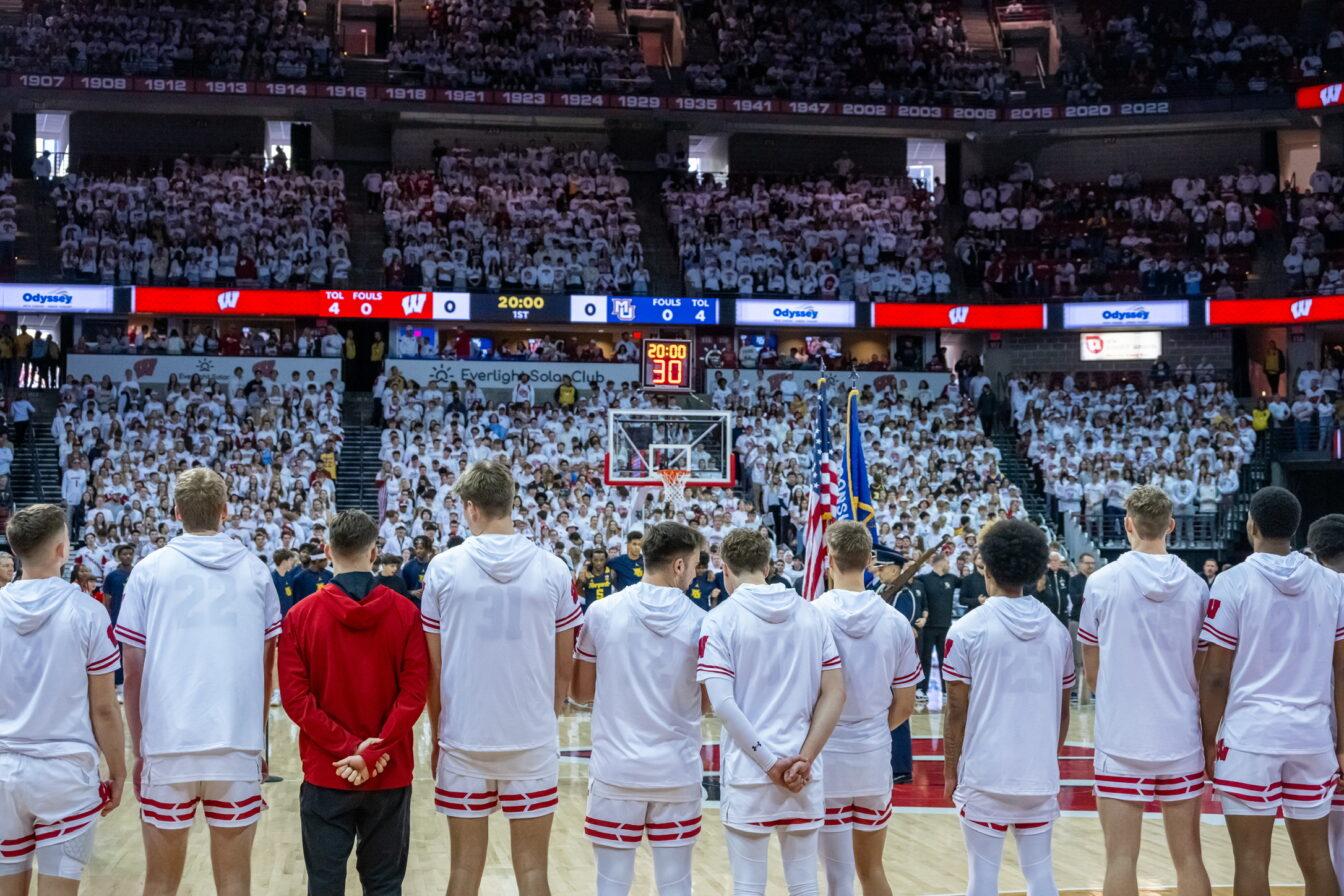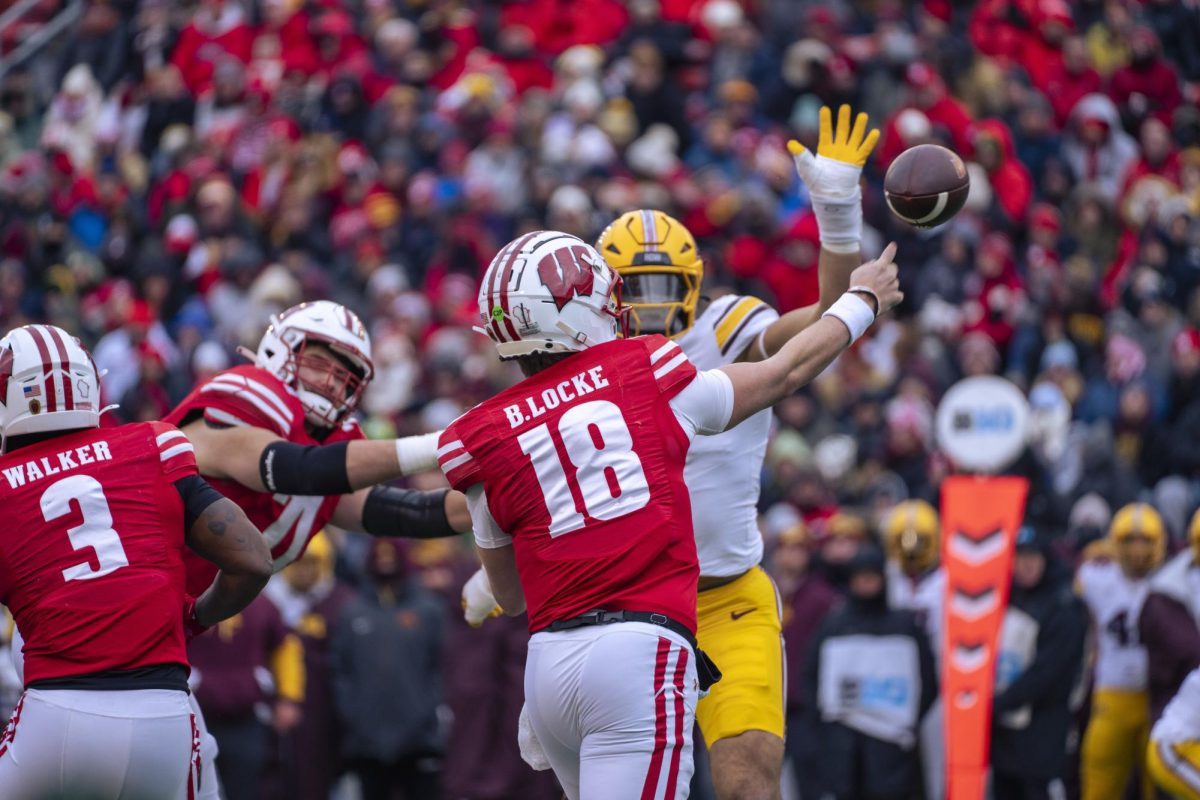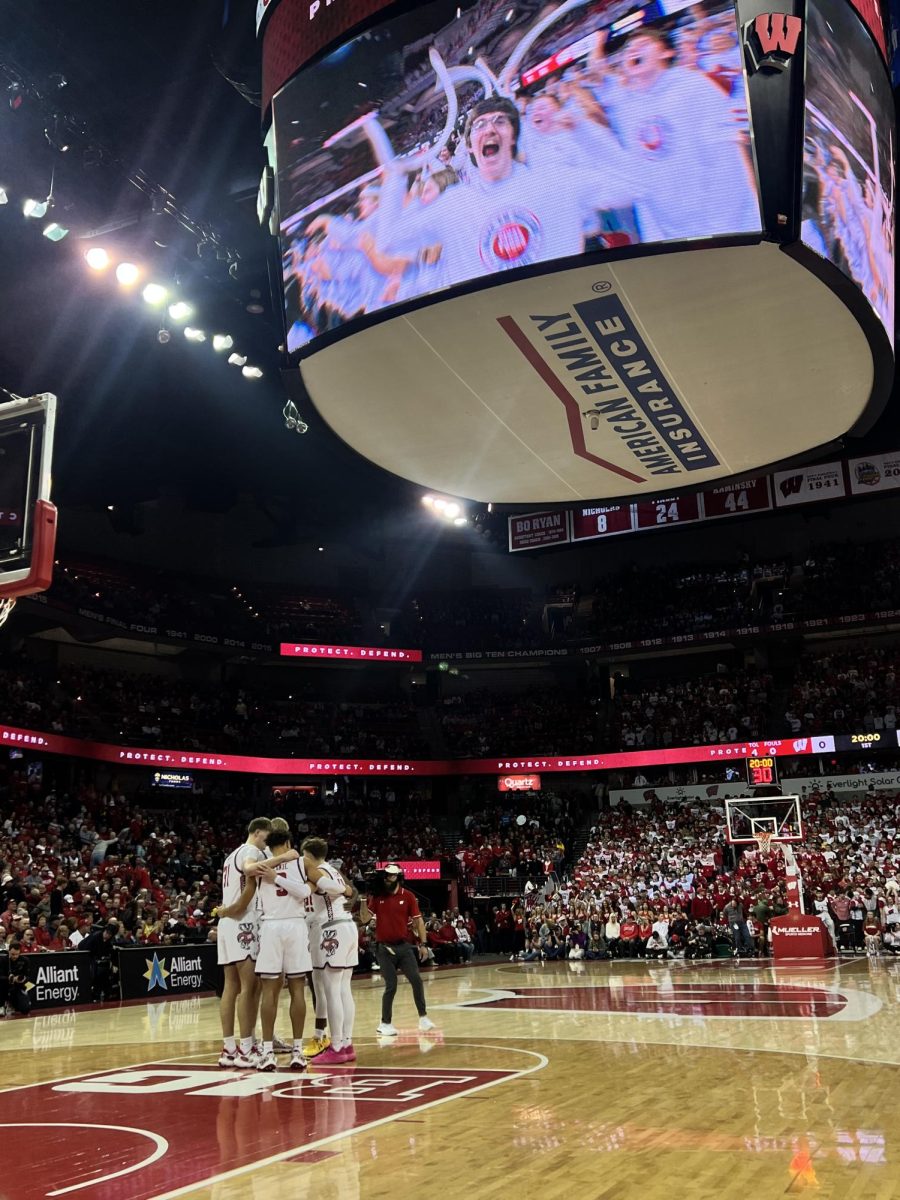It’s a different type of game with a different number of players than your opponent. That doesn’t seem to face the women’s hockey team, however. When it comes to special teams, the Badgers get to work.
Offensively, the Badgers take advantage when their opponents are sent to the box. The Badgers’ opponents this year have accumulated 84 minutes of time in the box, and Wisconsin has capitalized scoring 11 goals on the power play so far. The 26.2 conversion rate is one of the best in the country.
“Special teams are certainly a huge part of our game,” head coach Mark Johnson said. “It can certainly win you hockey games. We have scored on a lot of power plays this year and it has really helped spark some energy in tight situations.”
During their game against Ohio State on Nov. 2, Wisconsin was able to capitalize on two power plays in the second period in order to fight back after the Buckeyes went up 1-0 in the first 30 seconds of the game.
Wisconsin coaches and players credit the impressive 26 percent efficiency rate on practice, as well as fundamental and disciplined play.
“We stay disciplined for the team,” Blayre Turnbull said. “We play disciplined for coach and for our teammates because we know if we don’t play disciplined we’re just going to put our team in a situation that’s not going to be good.”
The key to the Badgers’ power play success is its unpredictability. Nine different Badgers have converted on a power play this year, with only sophomore Courtney Burke and junior Karley Sylvester tallying multiple goals. Spreading the wealth offensively and netting a goal off any stick makes the Wisconsin power play difficult to defend.
“Our offense, especially on power plays, has been very balanced this year,” senior goaltender Alex Rigsby said. “It is great to know that we can get production out of any of our lines.”
On the other side of the ice, the Badgers’ penalty kill has been lights out this year. They have given up a total of three goals so far this year from their 39 penalties while netting three shorthanded goals. Staying even with your opponents down a man is something the Badgers have relied on this year.
One of the most effective portions of the Badgers’ penalty kill is how infrequently they have to use it. The Badgers are one of the least penalized teams in the country, averaging more than four penalties a game, or eight minutes.
However, when the Badgers are a player down, the first one to step up for Wisconsin has been their goaltender and captain Alex Rigsby.
“The penalty kill starts with the goaltender,” Johnson said. “[Rigsby] was on, making saves, and the kids block shots, won the face-offs, did some things that help along the way.”
Rigsby has made more than 50 saves this season while shorthanded with a save percentage near 96. Rigsby’s play at the net can surely be accredited to much of the Badgers shorthanded success this season.
The Badgers have been able to hold off opponents while down a player by playing disciplined hockey and getting in front of shots. However, that’s not when the Badgers crumble. The Badgers often turn the tide on their opponents during line switches and streak down the ice in transition.
“Our system [for penalty kill] is really good and we compete hard,” Turnbull said. “I think when you’re penalty killing, you have to be able to compete the whole time, because if you’re not competing you’re going to give them an even better opportunity to score.”







